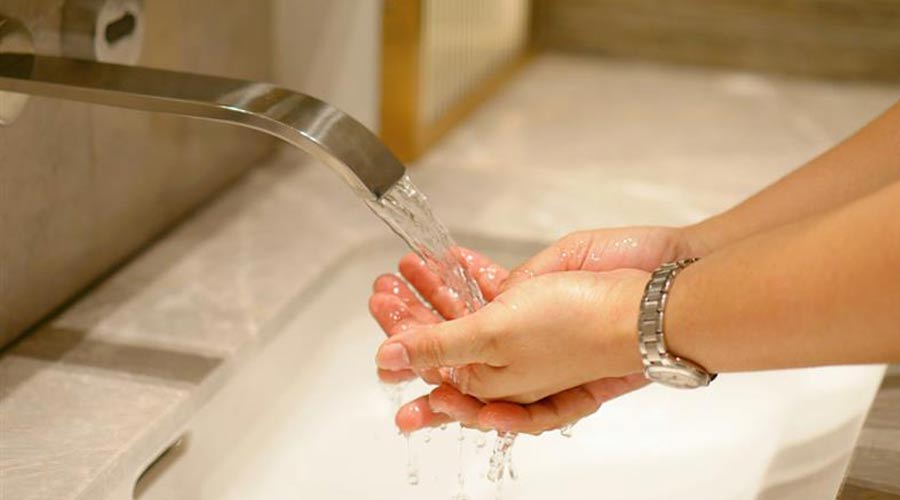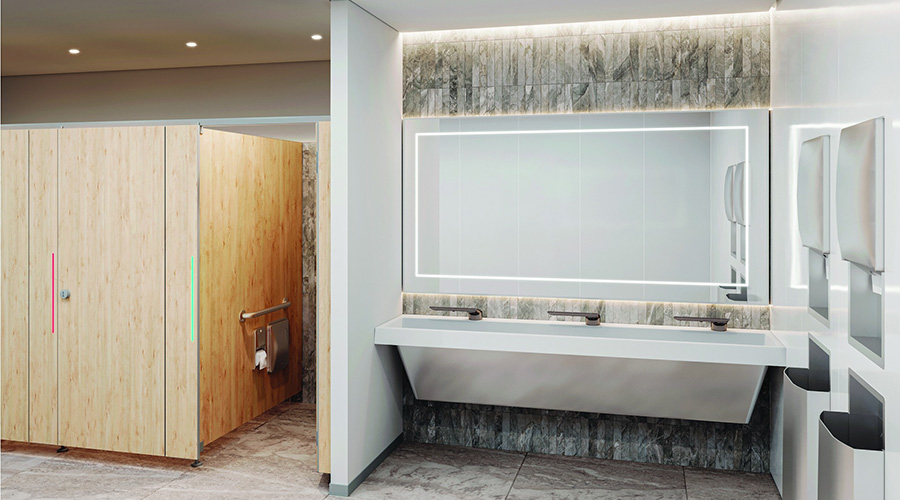Plumbing Retrofits: Technicians Need to Review Waste System
Beyond simply identifying problems, a water audit also can lead managers to take the most appropriate actions to minimize water use. Among the basic measures that can produce savings are proper maintenance, as well as the repair and replacement of existing fixtures with newer, more efficient fixtures.
Managers need to be careful when updating fixtures to comply with standards. If replacement takes place throughout the building, technicians should review the waste system. Oversized waste lines can back up over time due to inadequate flows that newer, lower-flow fixtures produce.
Managers need to evaluate other savings opportunities based on the cost of capital improvements to ensure an adequate return on the investment. Higher costs might be more acceptable if an organization has committed to making its facilities more environmentally responsible.
It is difficult to purchase a new fixture that does not meet current codes for flow rates, but some go above the minimum requirements, often at an additional cost. Managers will need to evaluate new-equipment purchases from different vendors, with an ultimate goal of water-use reduction.
Todd Dorius, P.E., is a consultant with Facility Engineering Associates, in Santa Rosa, Calif. He has more than 15 years of experience designing HVAC systems for commercial, institutional and industrial organizations.
Related Topics:














